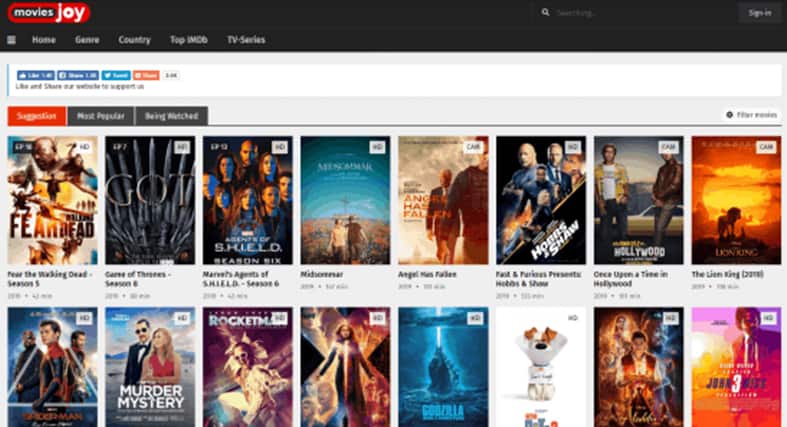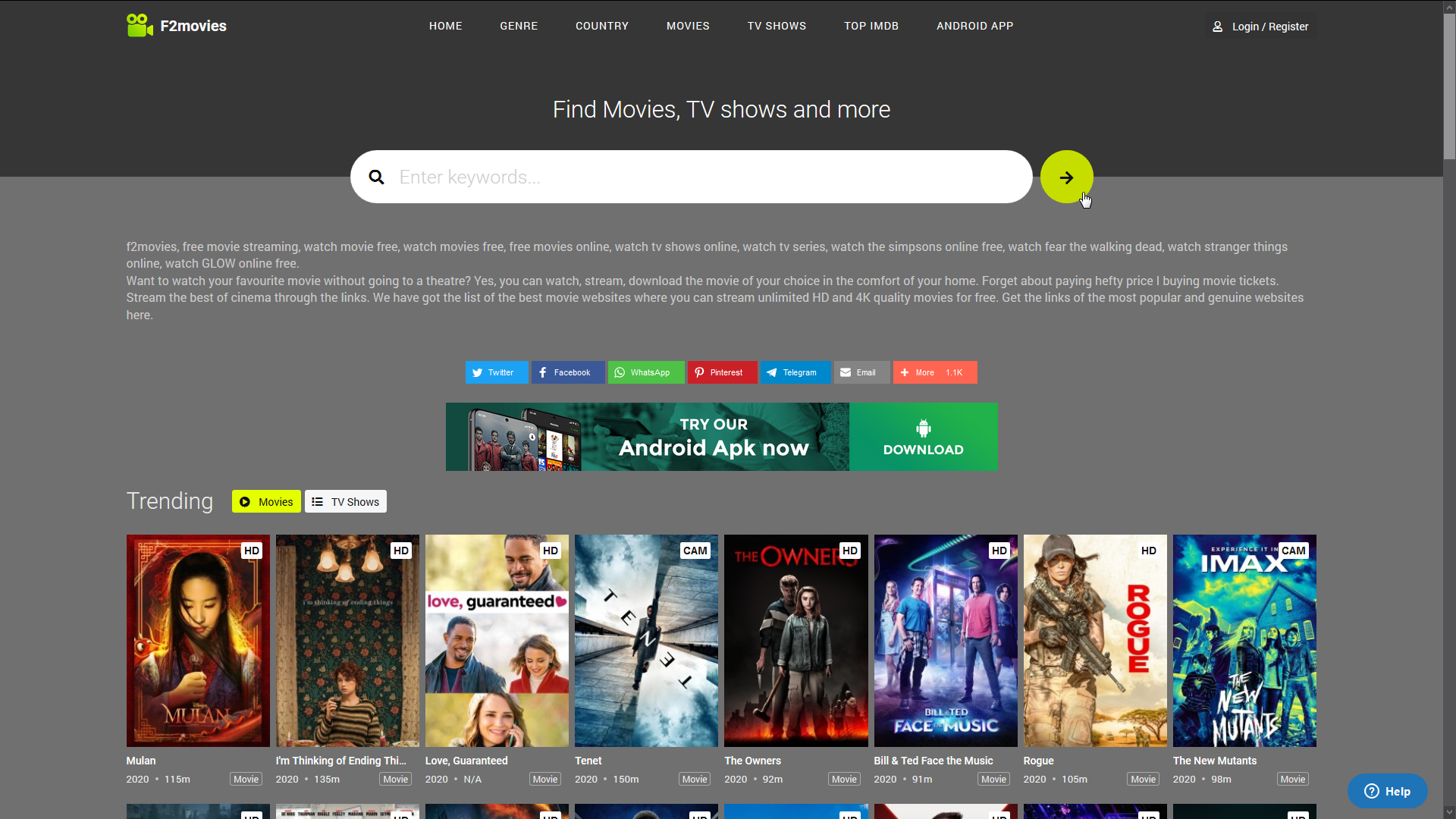The world is becoming more globalized day after day. As a result, it is necessary to know multiple languages that would help you with easy communication with different people. But if you don’t know a specific language, it can be challenging and expensive to hire an interpreter. So, does that mean that you won’t get the needed help? No.
You can still get the translations of different languages with a device that you can easily wear in your ear or carry it in the pocket. This device is known as an electronic translator or simply a translation device. Electronic translators come with their pros and cons, but we will specifically focus on what they are and how helpful they can be to you.
What is a Translation Device?
These are in-ear devices or small pocket-size devices that you carry along to help you understand a foreign language that someone is speaking to you. In other words, two people can speak to each other in a foreign language, and the device will get the correct translation for that.
With the in-ear translators, you will need to wear them in the ear, just like wireless earphones. Some of them work by synching them to a smartphone that is connected to a Wi-Fi or mobile network. But you can also find some that work offline. The offline electronic translators will require enough memory that accommodates different languages altogether.
But with the online-linked translators, every translated line is stored online, so no internal memory is needed as such. However, these ones will require a stable internet connection to help you with instant translations.
How Do They Work?
Electronic translators tend to work in three steps while translating the specific language you speak.
The first step is automatic speech-recognition. This is made possible through a software that will transcribe the spoken words into text. The software is usually inbuilt in the device or will need to be downloaded to your smartphone.
From there, the text will be converted into the other language text. The conversion of the text to the preferred language text is done using a neural machine translation.
The last step, which is the final one, is converting text to speech. The foreign/new language text will then be converted to speech using voice modulation. From here, you can easily get the whole translation spoken through the earphones or the portable device.
Keep in mind that the process of converting the language can cause a slight delay. Regardless of that, the new devices allow you to continue speaking even when the translation is in progress. In turn, this allows the conversation to flow naturally.
The new devices allow an easy flow of conversation as they translate the speech, which proves to be important enough.
The best part is that these electronic translators will have multiple languages, along with the correct accents. This way, you will not only know a new language, but you’ll know how to speak it with the correct accent.
How To Choose The Right Translator
Even though these electronic translators are very effective at translating the new language and letting you chat freely in a foreign language, they are not all the same. Some tend to be more reliable than others. So, you have to be extra careful when choosing the right translator.
Here are some of the things you need to consider when choosing the right electronic translator;
- Consider the number of languages onboard
Before you pick a specific translator, you need to check the number of languages supported by the device. Generally, most translators come with around 20 languages. The 20 languages might be more enough, but they could also be irrelevant.
What you need to do is check the list of languages and if what you need is included. It is not about the language that you are specifically looking for. Ideally, go for the device that has the language that you need when in a foreign land. If the language that you need are not on board, then you shouldn’t even think about getting the device.
- The type of translation
Do you want a text-based or a voice-based translator? In other words, do you want a translator that converts speech to text to speech, or simply one that does text to text translation? We cannot recommend any for you, but it is all about what you want and what would work well for you. With the speech-based translator, you can easily hold a conversation with anyone in the streets.
But the text-based will need you to scan a text in that foreign language, which will then be translated to your language. Just make sure you go for the device that works best for you.
- User review
It is important to go for a device that has good customer reviews. This way, you can be sure that it would also work well for you. There are multiple pocket translator reviews out there that are ranked based on customer satisfaction and overall delivery. Ideally, consider those that have a good rating.
- Accuracy
There is nothing better than having a device that works perfectly without making errors when translating the languages you feed into them. For that, you must ensure that the device you choose has a reliable accuracy. Don’t just go for the one with the most languages, but test the accuracy to see if it is reliable enough.
- Battery life
Nobody wants to work with a device that will run out of battery when you need it most. You will be using this device typically throughout the day. Therefore, ensure that you choose a device that can hold a charge for a long time. If it can last more than 12 hours without the need for a recharge, that device is reliable enough. This way, you can charge it before you leave the house and use it all along as you are exploring the foreign city.
Furthermore, ensure that you choose one from a reputable brand, one with a decent price point, and the one that perfectly meets your needs and preferences.
Now that the electronic translators are already here, we should expect more in the future. Generally, there is a promising future in the electronic translation world, and it will be all for our good.








Add Comment